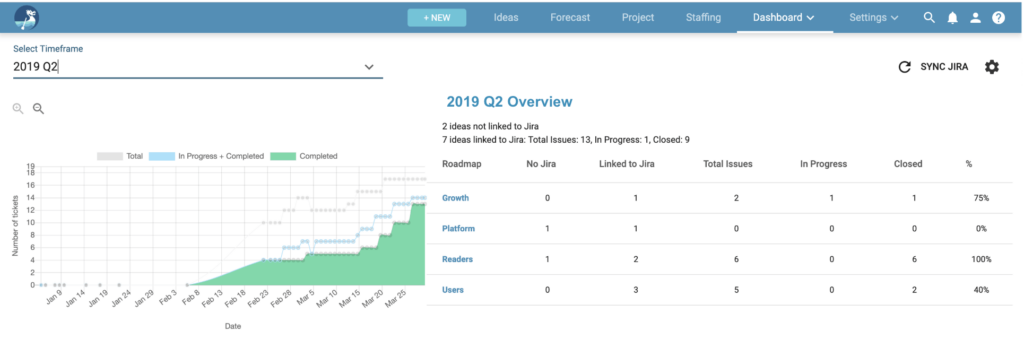One of the challenges of tech leadership is preventing your team from missing a deadline. Regardless of whether your team practices Agile or Traditional project management, there is always a target date. More than 50% of the projects miss their original target timeline.
Maybe your vendor missed their deliverables. Or an unexpected dependency came up. Or you lost someone on your team. Whatever the reason, here are steps to manage delayed features (slipping projects).
4 Steps to Manage Delayed Features
Communicate with Project Stakeholders
Holding off news of delays often impacts stakeholder confidence or even creates ill will. However, communicating the delay without mitigation options causes anxiety.
A better option is to communicate the risk of delay, and also share a timeline for when the options or mitigation plan will be shared (aka the plan for a plan).
Assess Impacts
- Assess impacts such as:
- The impact of the project’s own stakeholders.
- The impact to other projects in the program or portfolio – those dependent on the same resources being freed up at the original timeline.
Create Mitigation Options with Your Team
Create mitigation options with the key members of the team, e.g. team lead, product lead, and/or business partner. For example, a few common options include:
- Reducing the scope
- Delaying the project – this might be the least harmful option
- Splitting into phases – we often call it fast follow on, or v2. Splitting up projects will increase overall costs (resource needs), which may impact the rest of the program or portfolio. Be sure to perform some scenario analysis to understand the bigger impact, and involve relevant members in the assessment, and buy in.
- Add resources, indirectly: If a project is half way through, the overhead of adding new members, it is often too high for the incremental benefits. So it may not be a great option to add resources directly to the project. However you can “add capacity” by offloading most, if not all, of non-project-related, shared team duty type of tasks from the project team to free up more time for them to focus on the project. Such activities include bug fixes, production support, meetings or trainings etc. Maybe some catered lunch too!
Share Your Options with Your Stakeholders for Buy-In
- Presenting 3-4 options works best. Fewer or more may be confusing.
- Having a recommended option helps.
Tech Leadership: How Do You Prevent Projects from Slipping?
Here are some things you can do to prevent project slippage:
- Communicate the timeline after you gain some progress to have a better feel of scope and velocity.
- Keep an eye on the progress to spot problem early. Use tools that automatically pull progress out of the development system so you can get a real sense of progress, like the one below.

- Many project delays are caused by dependencies. Tech leadership is about adaptable organization. If a project relies on other teams or vendor’s deliverables, when you plan, account for potential delays and sequence the work such that some tasks can be “pulled in” in case other areas are blocked/ waiting.
- It may be counter intuitive – but if slipping is spotted early, delay the entire project to save other projects in your program. This can create a better overall outcome. A similar situation can be seen on how air traffic control handles delay – she may delay fewer flights for longer to save the overall on time rate.



